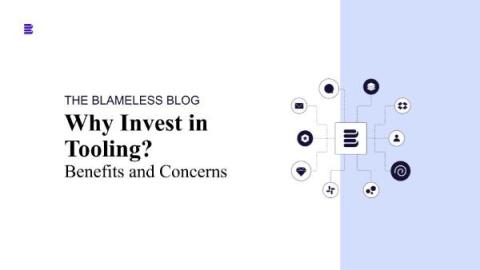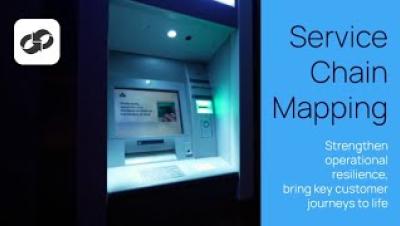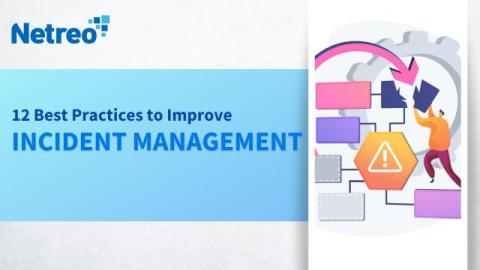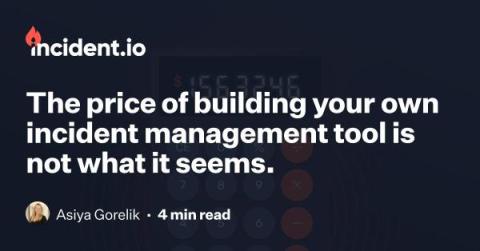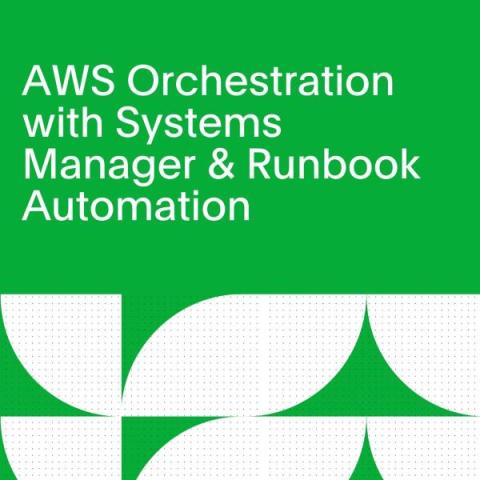Operations | Monitoring | ITSM | DevOps | Cloud
Incident Management
The latest News and Information on Incident Management, On-Call, Incident Response and related technologies.
AIOps use cases: Technical, operational, and business examples
ITOps is at a crossroads: Teams struggle to manage a high volume of alerts and coordinate between different tools and teams. Teams also must balance cloud technologies’ agility and on-premise solutions’ stability. The sheer speed of today’s IT demands both flexibility and visibility in development and harmonized tech stacks.
Getting started on alerts with Escalation Policies
Escalation policies are essential for making sure that incidents are quickly addressed and resolved. They provide a systematic approach to automate alerts, guaranteeing that no incident goes unnoticed. Let’s get you started, shall we? An escalation policy is a way to automate alerts and assure that incidents are never missed. The first point of contact for an incident is through an alert that is sent according to the escalation policy.
Ready for DORA? Strengthen Operational Resilience with Service Chain Mapping by Interlink Software.
12 Best Practices to Improve Incident Management
Today’s fast-paced digital world can lead to system breakdown and disruptions that strain organizational resources. What truly distinguishes successful organizations is their response when problems occur. Incident management serves this function. At its core, incident management involves teams managing unexpected disruptions quickly with minimal impact to users or business operations. The process is like a safety net that prevents further problems from developing into trust issues.
The price of building your own incident management tool is not what it seems.
Build or buy? An age-old decision that gets made dozens of times a year. It’s quite possibly one of the most important decisions you make as an company. It impacts roadmaps, productivity, team structure, and customer satisfaction (you know, just a few little things). There are a lot of factors to consider, one of the most prominent being cost. So, what exactly are the costs you need to consider when building your own incident management solution?
Create an alert template
Building a culture of Incident response
Building a culture of incident response is not just about solving problems; it is about creating stronger teams, empowering individuals, and fostering a more resilient and thriving workplace. How do you achieve this culture and improve your incident management processes? Let’s dive in;
How does SIGNL4 provide for truly reliable alerting?
Of course, one expects an alerting solution to be reliable. This is important because a missed alert can have a significant impact on the business. It is about IT uptime, disruptions in production or other critical system conditions. Business processes, production workflows and therefore money, the reputation of the company or even the health of the employees are at stake. But what does reliable alerting actually mean and how is it achieved?
AWS Orchestration with Systems Manager & Runbook Automation
It is now the de facto standard for companies to operate across numerous regions and cloud-accounts. The reasons for this vary, and depending on where you sit in the organization, these reasons may be more or less apparent to you.


